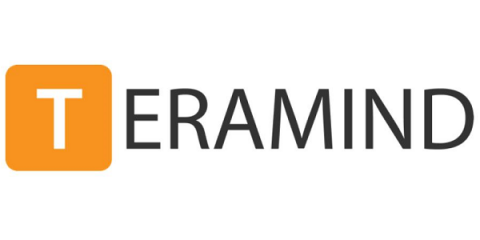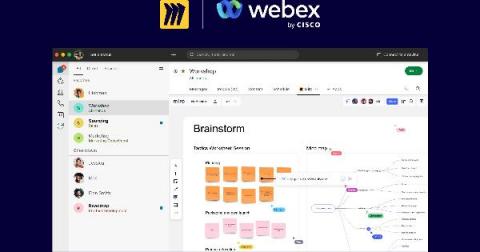Teams | Collaboration | Customer Service | Project Management
Latest News
Digital workplace: definition, importance, and 5 best practices
Digital workplaces are no longer a thing of the future. Although many companies were already on the track to go digital, pandemic has accelerated this process. In 2020, Gartner’s research revealed that 82% of company leaders planned to incorporate remote work into their policies well after the pandemic. However, switching to completely remote or hybrid workplaces has a prerequisite: building and maintaining strong digital workplaces.
Team collaboration: 5 reasons to improve it and 6 ways to master it
Effective team collaboration. Seems simple enough, right? You just need a group of people that get together, divide tasks among themselves, and – voila! Or is it just a bit more complicated than that.. 🤔 The reality is that teams consist of different people with different characters, experiences, and knowledge. Effective team collaboration was never easy to achieve – and this mission has grown even harder since remote work abruptly became a reality for many.
How to shift from languishing to flourishing: Q&A with Adam Grant
We need to rethink the way we work. The global pandemic has made it strikingly clear that working longer hours does not lead to greater impact. In fact, it leads to burned out, unhappy, and unproductive employees. According to the Anatomy of Work Index, 76% of workers are struggling to disconnect from work. And, in the last year, 7 in 10 workers experienced burnout. To rethink work and life in the new normal, we sat down with Adam Grant at our recent Focus & Flow Summit.
Announcing Miro for Webex Messaging
Hybrid work calls for tools that are built to quickly switch between in-person and remote collaboration. This is true for both emerging companies and large, globally distributed teams, who need access to tools and resources that can carry over from the conference room to a video meeting. That’s why we’re excited to announce the first of several upcoming integrations with Cisco Webex: Miro for Webex Messaging.
8 team communication tools for rapid-growth organizations
We don't need to tell you how important it is for your team to talk to each other. Whether it's collaborating on a project or brainstorming a new product feature, team communication tools are the glue that holds your people together. Without effective communication, one in every five projects will fail, so it pays for your team to have the right toolkit. Team communication software comes in many shapes and sizes.
How to use a democratic leadership style without succumbing to 'majority rules'
How to establish your customer goodwill IQ
Doing business with a company that misses the mark on providing a high-quality customer service experience goes a step further than leaving a bad impression; it can keep the customer from ever giving your business a second chance. According to recent research, roughly 73 percent of customers will stop patronizing a company after only three (or fewer) bad customer service experiences. What’s worse is that companies are losing revenue without a chance to find out why.
Take control of your time with these simple Slack tips
Accomplish a little more each day by customising Slack to reflect your own way of working.
The Ultimate Guide for Remote Employee Onboarding in 2021
There’s a night and day difference between onboarding a remote employee and onboarding an in-person employee. Since in-person new hires establish rapport with staff and coworkers face-to-face, the learning curve is shorter. When they have questions about paperwork or policies, they simply walk over and ask a coworker or manager. But remote new hires have to deal with time zone differences, communication barriers, and feeling disconnected from company culture.











